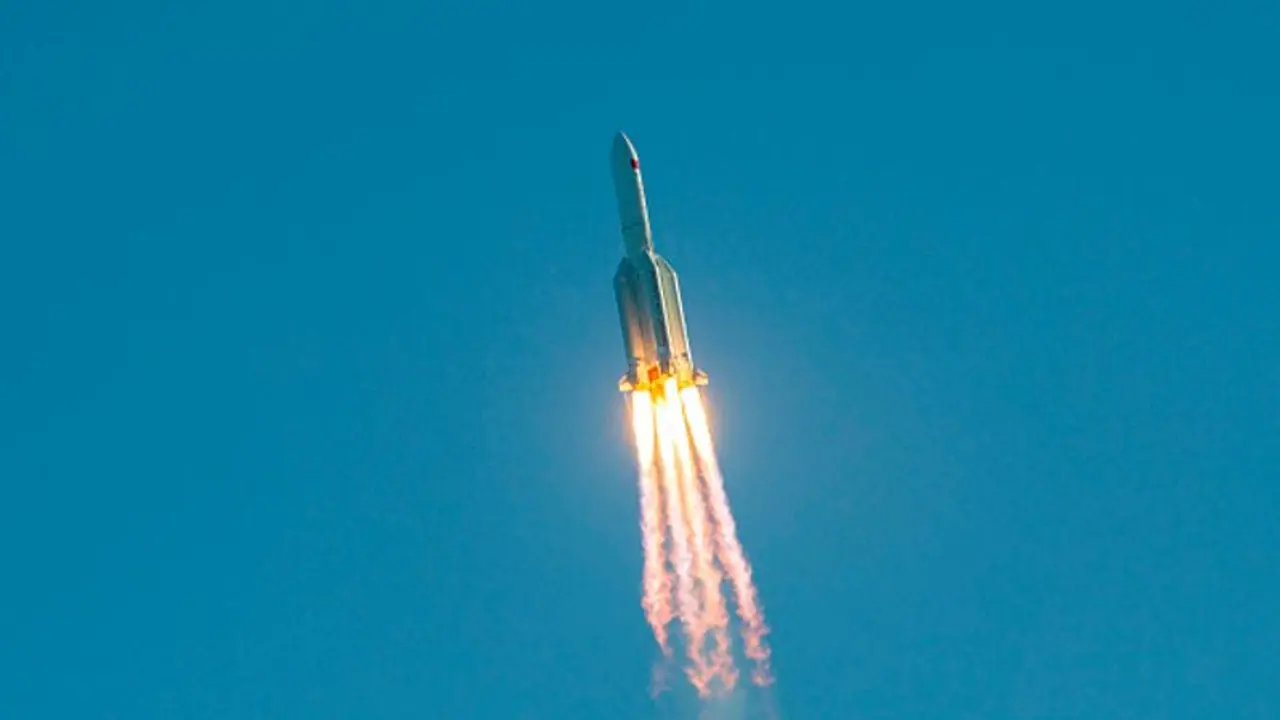Chinese rocket debris weighing 23 tons has crashed to Earth in an uncontrolled descent Friday. U.S. Space Command tweeted a confirmation that the rocket re-entered the Earth's atmosphere over the south-central Pacific Ocean at 4:01 a.m. Friday.
Pieces of a 23-ton Chinese rocket debris fell down to Earth in the Pacific Ocean early on Friday, according to two tweets from the US Space Command. It was China’s latest round of celestial roulette involving a deliberate uncontrolled atmospheric re-entry. By design, the rocket stage did not have a method to direct it to a location on Earth that was remote from humans.

China launched a Long March 5B rocket, one of the most potent rockets in use right now, on Monday to transport a third and final module of its Tiangong space station, the centrepiece of a space programme that is second only to NASA's in terms of technological sophistication. China had already done this three times before in 2020, 2021, and earlier this year.
Also Read | ISRO's LVM3 to make commercial debut with launch of 36 OneWeb Satellites on October 23
China has consistently gambled successfully that the rocket's components wouldn't harm people on the ground. However, despite the fact that there were no initial indications of damage, Friday's re-entry did cause a disturbance, including the closing of Spanish airspace, which resulted in the morning delays of hundreds of flights.
The four rocket launches have drawn criticism from other space agencies and specialists. NASA Administrator Bill Nelson criticised China in a statement for not adopting additional safety measures, as he had done for previous missions in April 2021 and July of this year.
A 120-mile-wide area of Spanish airspace was blocked off and then restored by civilian aviation authorities along the booster's anticipated trajectory. According to the authorities, the 40-minute airspace shutdown caused 300 planes to be delayed by an average of 30 minutes.
Also Read | DART mission successfully changed motion of an asteroid, says NASA
The perigee and apogee heights of the core's decaying orbit, as well as the orbit's inclination, were provided in a statement by the China Manned Space Agency in the last hours before the core rocket fell. The rocket stage's reentry into the southern central Pacific Ocean was initially reported by the US Space Command. The leadership reported a second re-entry into the northeast in a subsequent message.
The Long March 5B rocket is neither the only or even the biggest human-made item that have ever fallen from orbit. Additionally, fragments of spacecraft from other nations, including the United States, have lately come back to Earth. One such fragment was a small piece of a SpaceX ship that was discovered on a sheep farm in Australia in August.
Also Read | NASA captures an image of Bubble Nebula, 7,100 light-years from Earth; here's what we know
